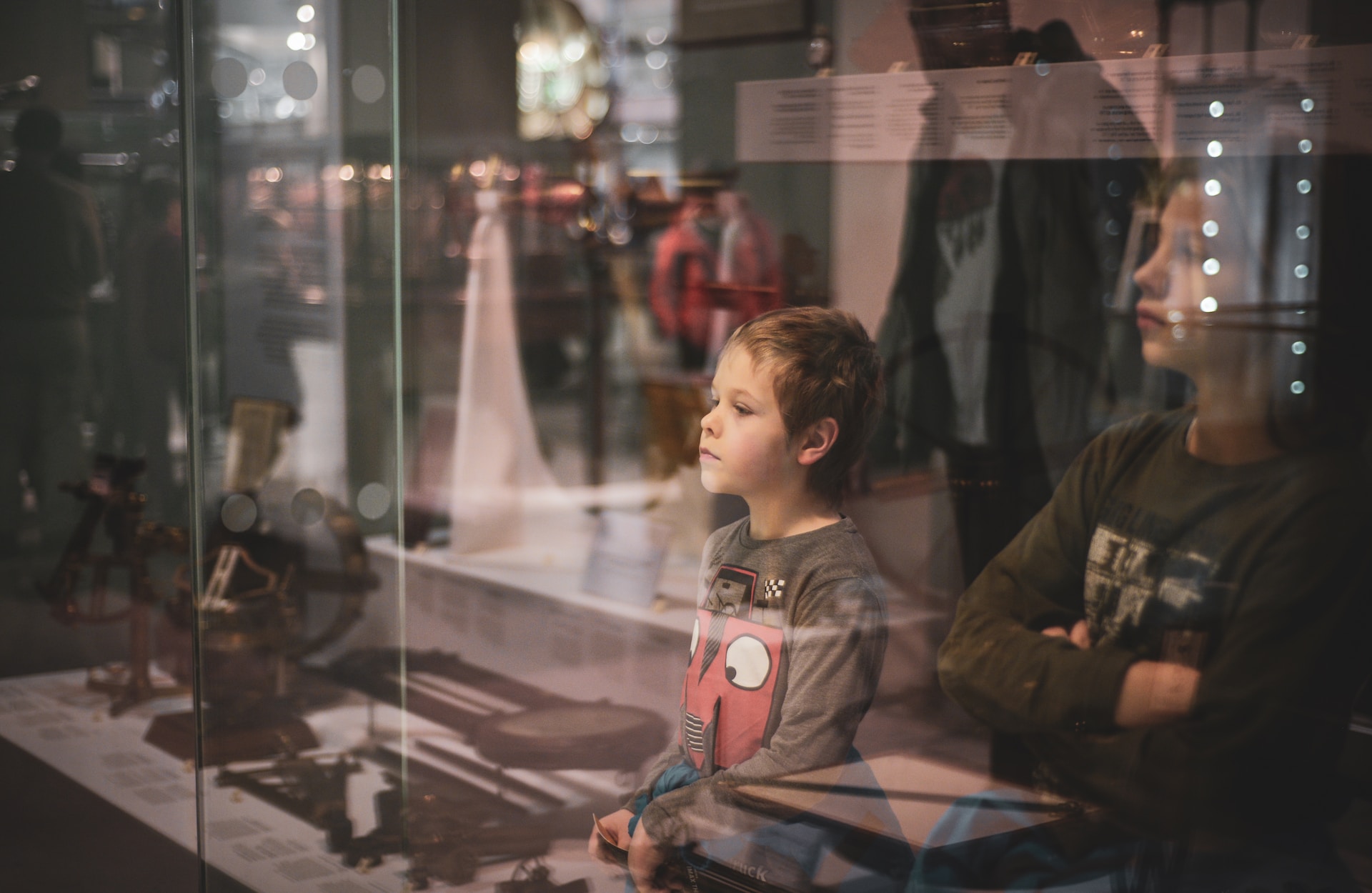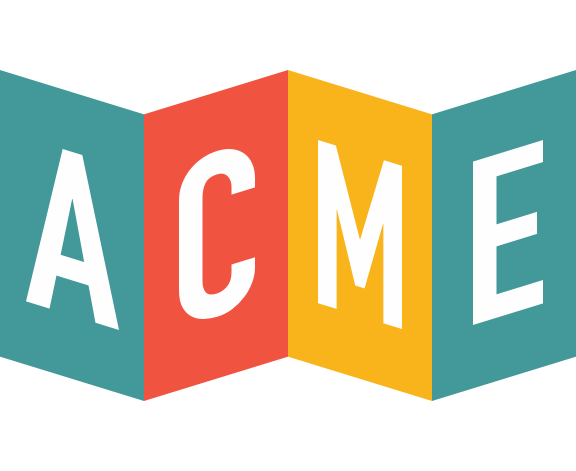
Science Museum Objectives: What Can We Learn from Science Museums
Museum technology and museum experiences are changing quickly. Self-guided tours, virtual reality, augmented reality, and digital exhibits are becoming more and more popular, especially at science and technology museums.
It makes sense that technology and science-based museums would be the first to implement these innovative features into their museums, but it doesn’t mean that they should be the only ones to take advantage of these advancements to provide a unique visiting experience.
Today we see more art, history, and humanity-focused museums taking advantage of these innovations, and below we’ll cover everything there is to learn from science museums and how to implement those innovations into your exhibits.
Technological focus of science museums
Planetariums, like the Griffith Observatory’s Samuel Oschin Planetarium, offer one of the earliest examples of technological implementations for educational exhibits. Recent advancements in digital technologies, however, have presented museums with a lot more opportunities to offer engaging experiences for their visitors.
Museums can take advantage of digital innovations to create:
- Virtual reality tours that allow visitors to experience what life was like in Babylon, the Victorian era, or into the farthest depths of the ocean.
- Augmented reality experiences that bring exhibits to life. Visitors can see historical figures return from the annals of history and give gripping and educational monologues.
- Smartphones have changed the way museums provide self-guided tours. Museums can now implement games, interactive tours, and scavenger hunts that require visitors to learn about an exhibit before moving onto their next item.
- Online video content that allows students and visitors to learn from the safety and comfort of their homes.
- Interactive exhibits, like the Haus Der Musik in Vienna, require visitors to directly engage with exhibits in order to get the full experience. One of the Haus Der Musik highlights allows visitors to conduct a virtual orchestra where they control the rhythm and tempo of the music.
Current events approach
One of the best ways to move outside of the traditional science-tech themed digital museums is to focus on current events and topical issues.
While visitors have seen planetariums, space, and life-science museums for decades, they probably haven’t seen a tech-based museum that looks at global health issues, topical social issues like race or gender equality, water scarcity, and other important issues.
Museums can find unique ways to create engaging experiences that address real-world problems that people are passionate about today.
Beyond the museum walls
Even as we’re seeing businesses and public spaces open up to the public, there is still a lot of uncertainty around the COVID-19 pandemic, and people want the option to visit museums virtually or in outdoor spaces.
Looking at possibilities through virtual tours, online experiences, and interactive tech-sponsored exhibits that bring museum learning directly to visitors’ devices will be a necessity for museums moving forward.
Museums can also look toward outdoor exhibit ideas that are social-distance friendly and allow visitors to get active and engage with exhibits in new ways.
Why ACME Ticketing has got you covered
Whichever direction you take to implement technological advancements into your exhibit, ACME has all the tools you need to manage your ticketing system, reach out to your customers, and integrate membership marketing for long-term growth.
ACME’s point of sale and back office connect to leading industry tools like Raiser’s Edge and Salesforce so you can serve your members and grow your programs seamlessly.
Try the demo today to see if ACME is right for you.

